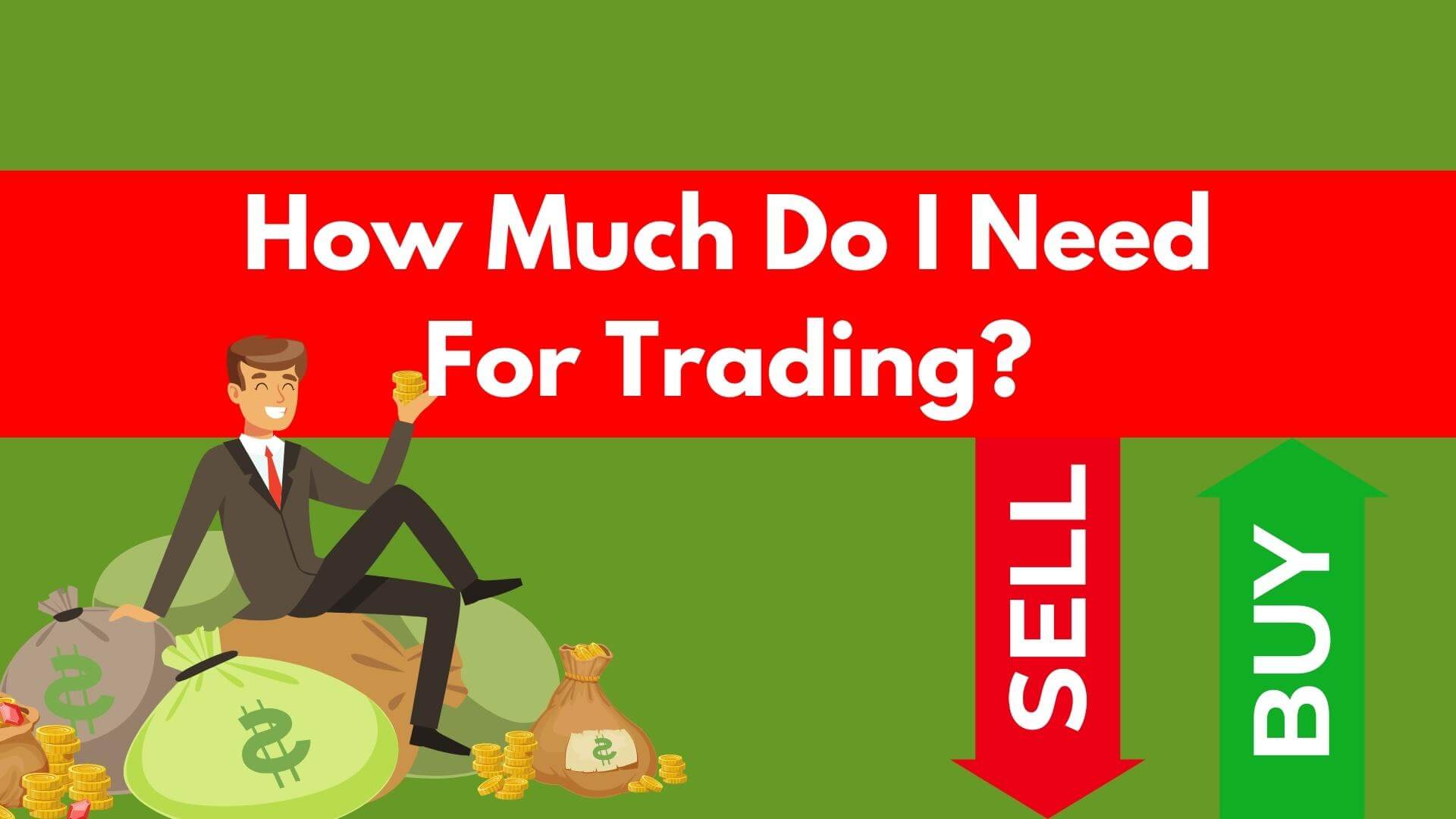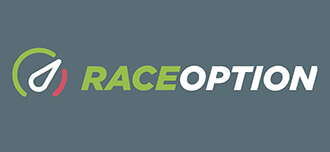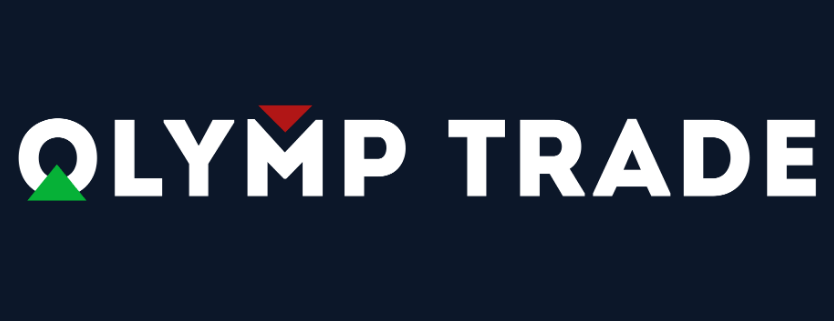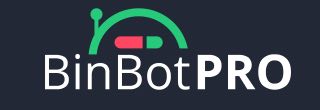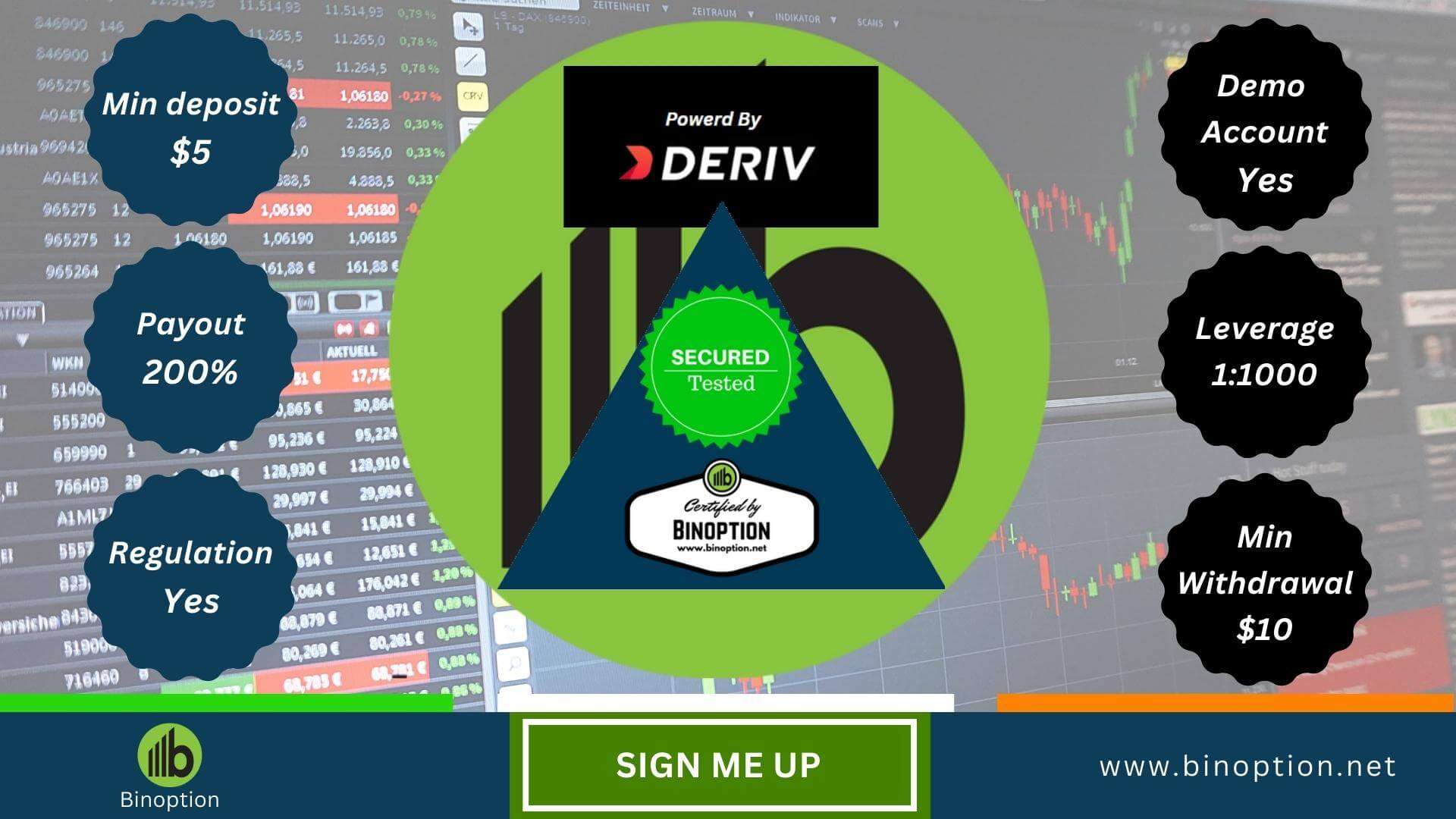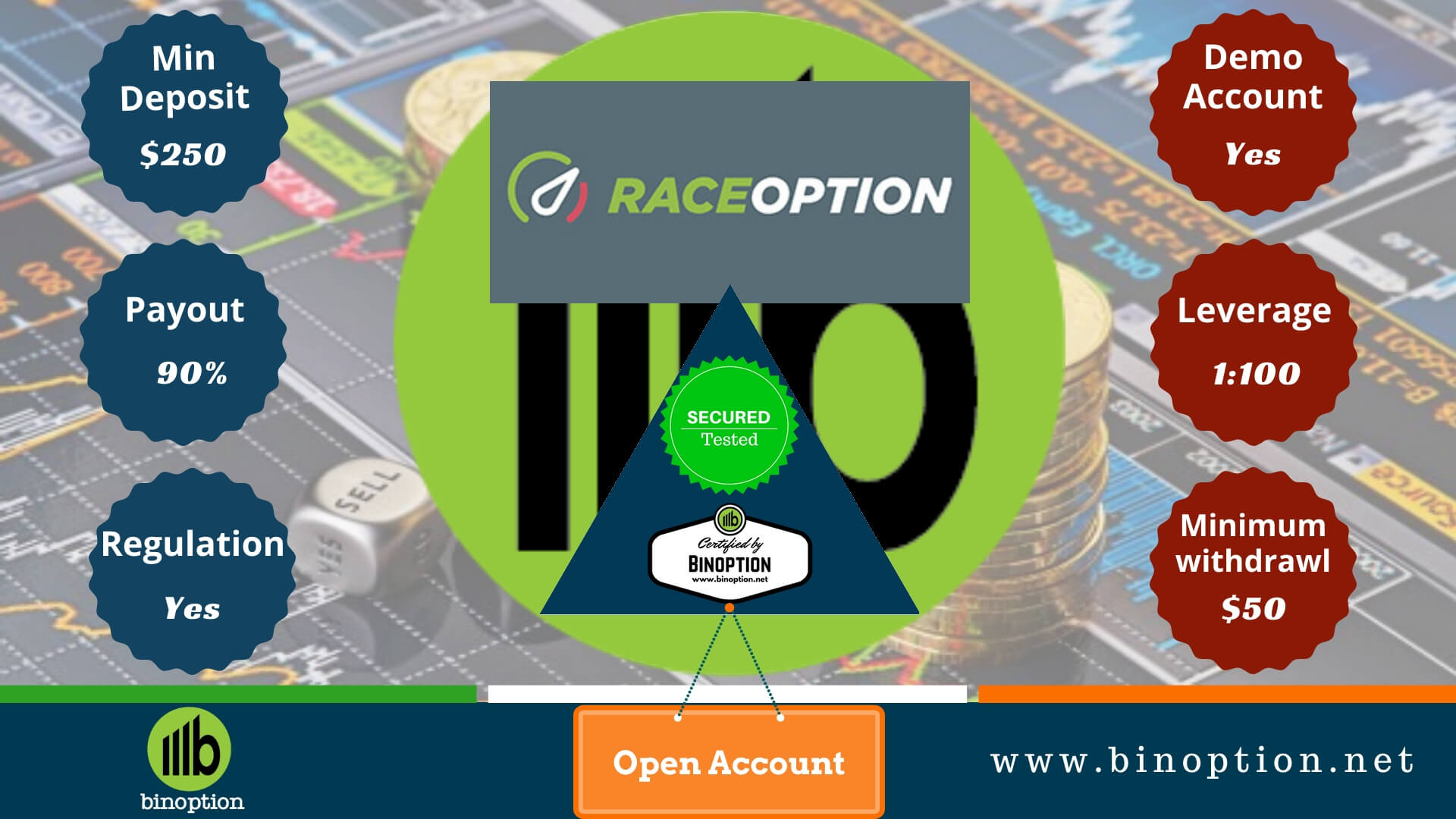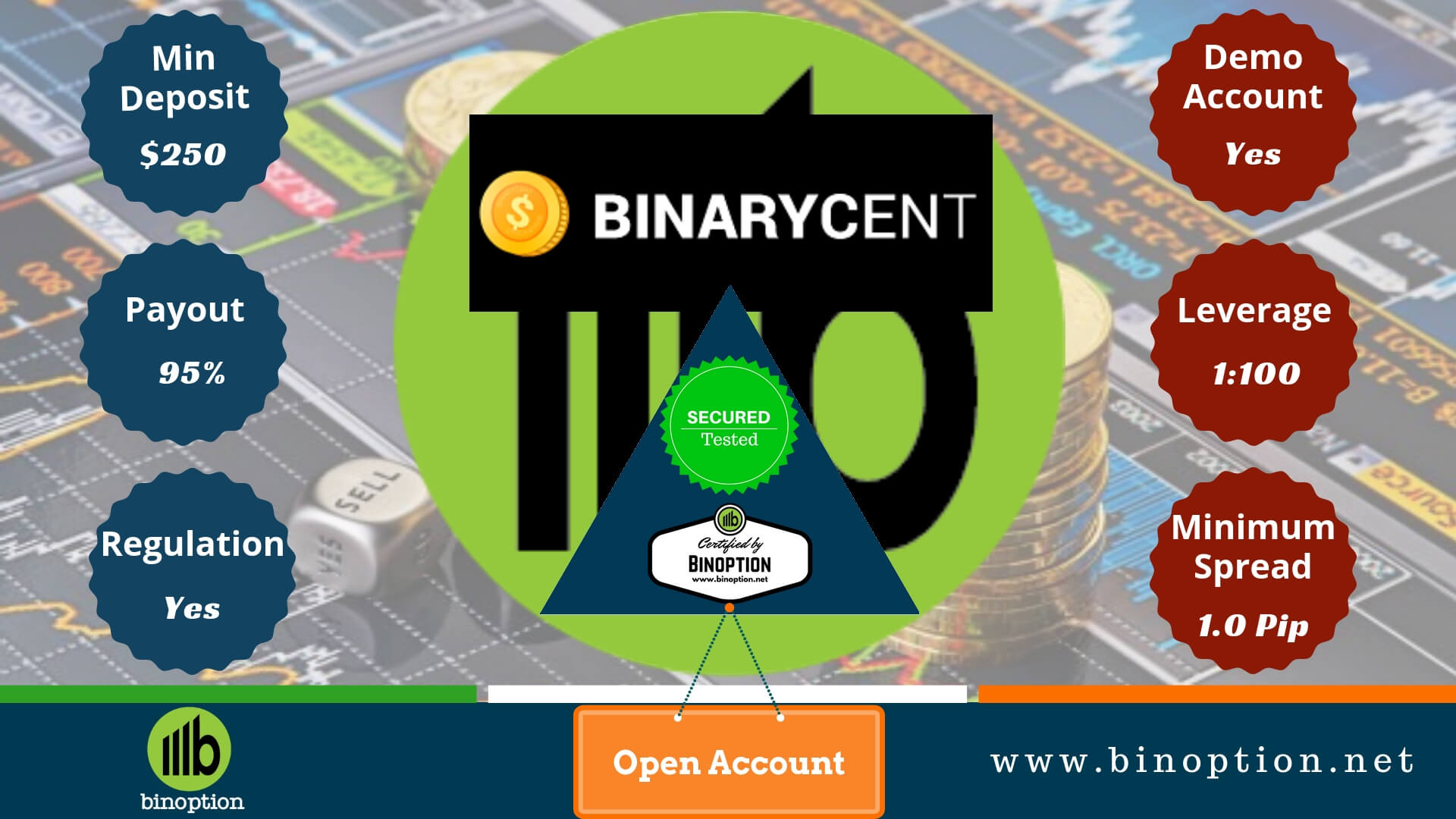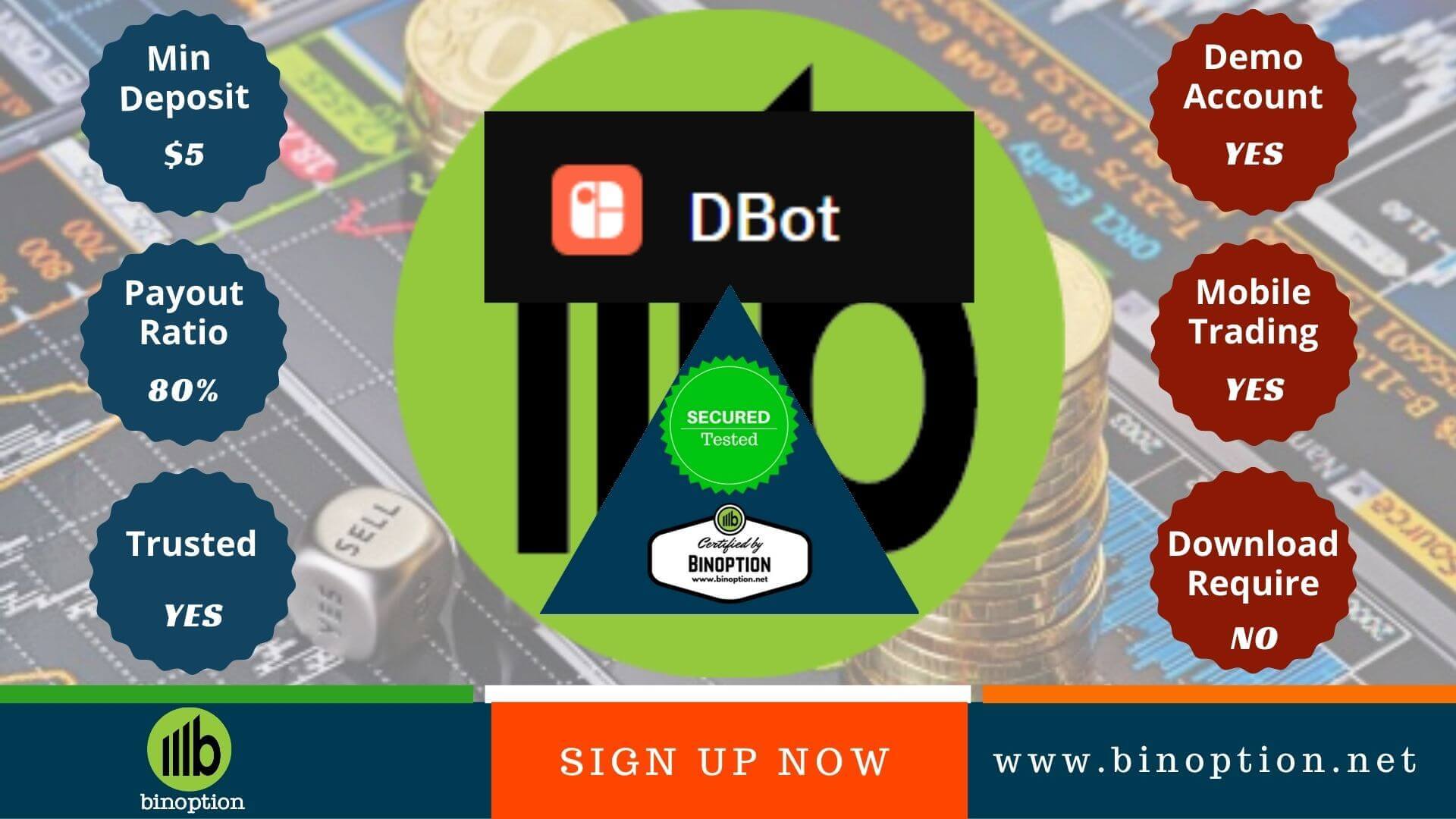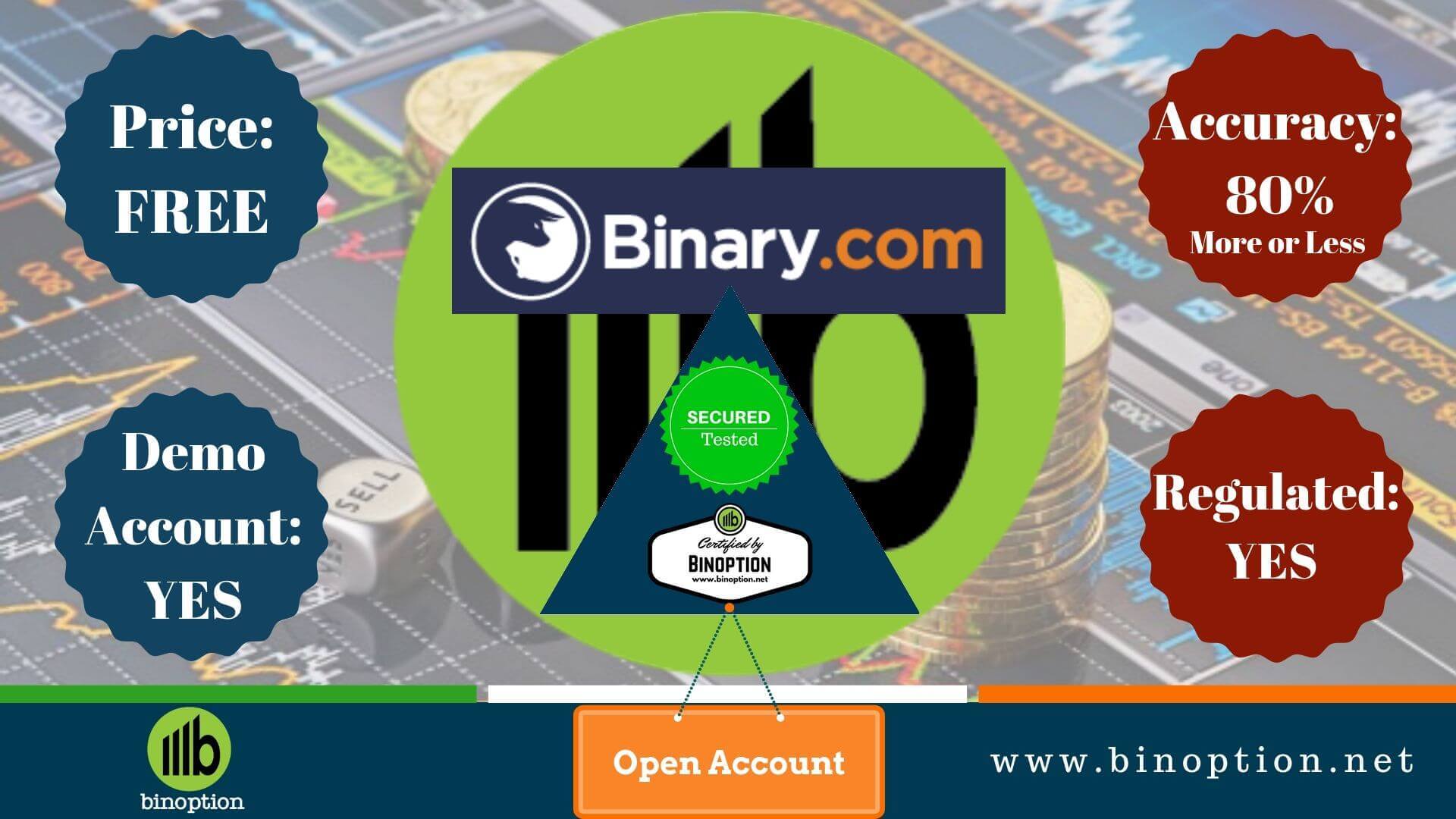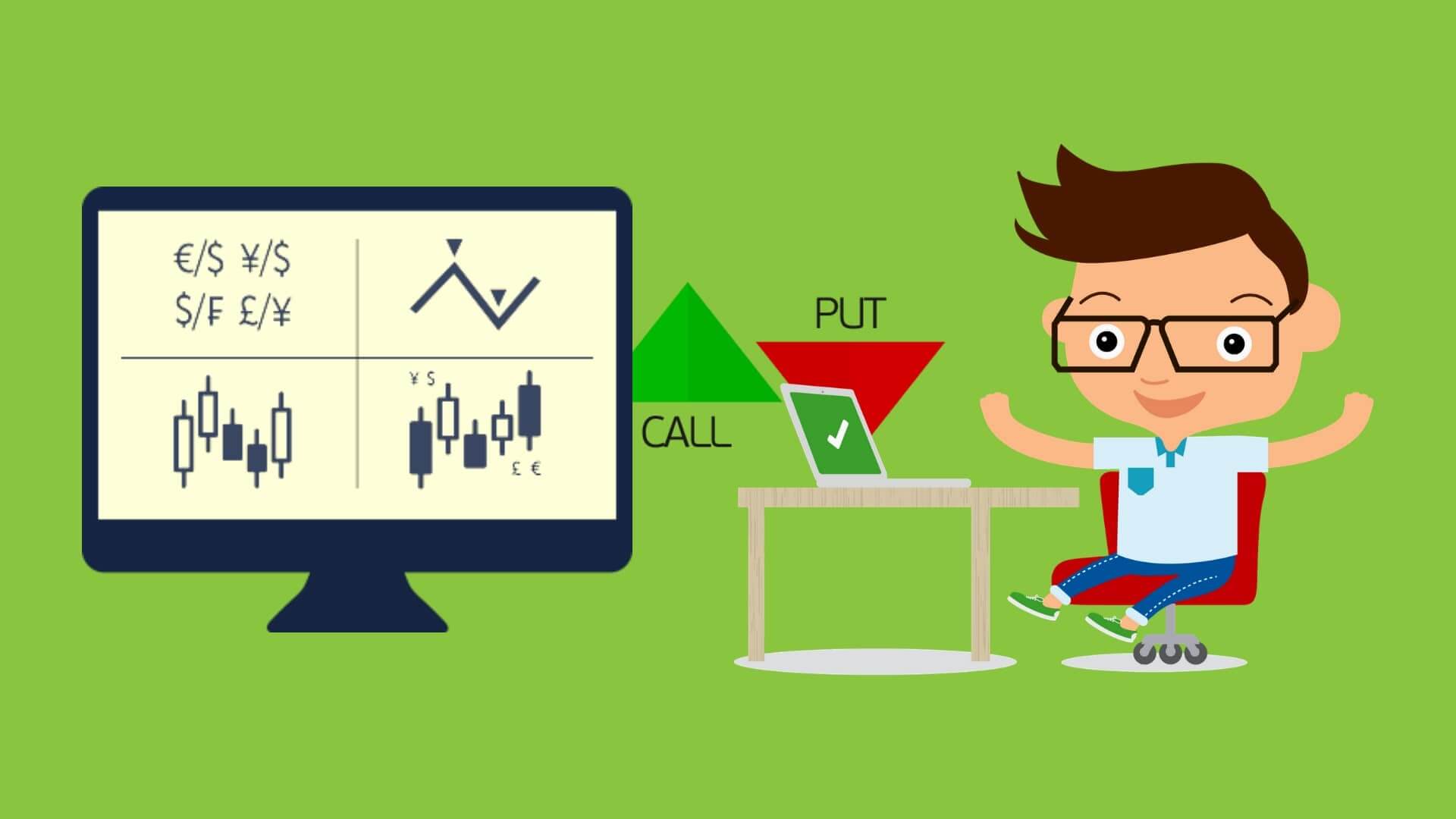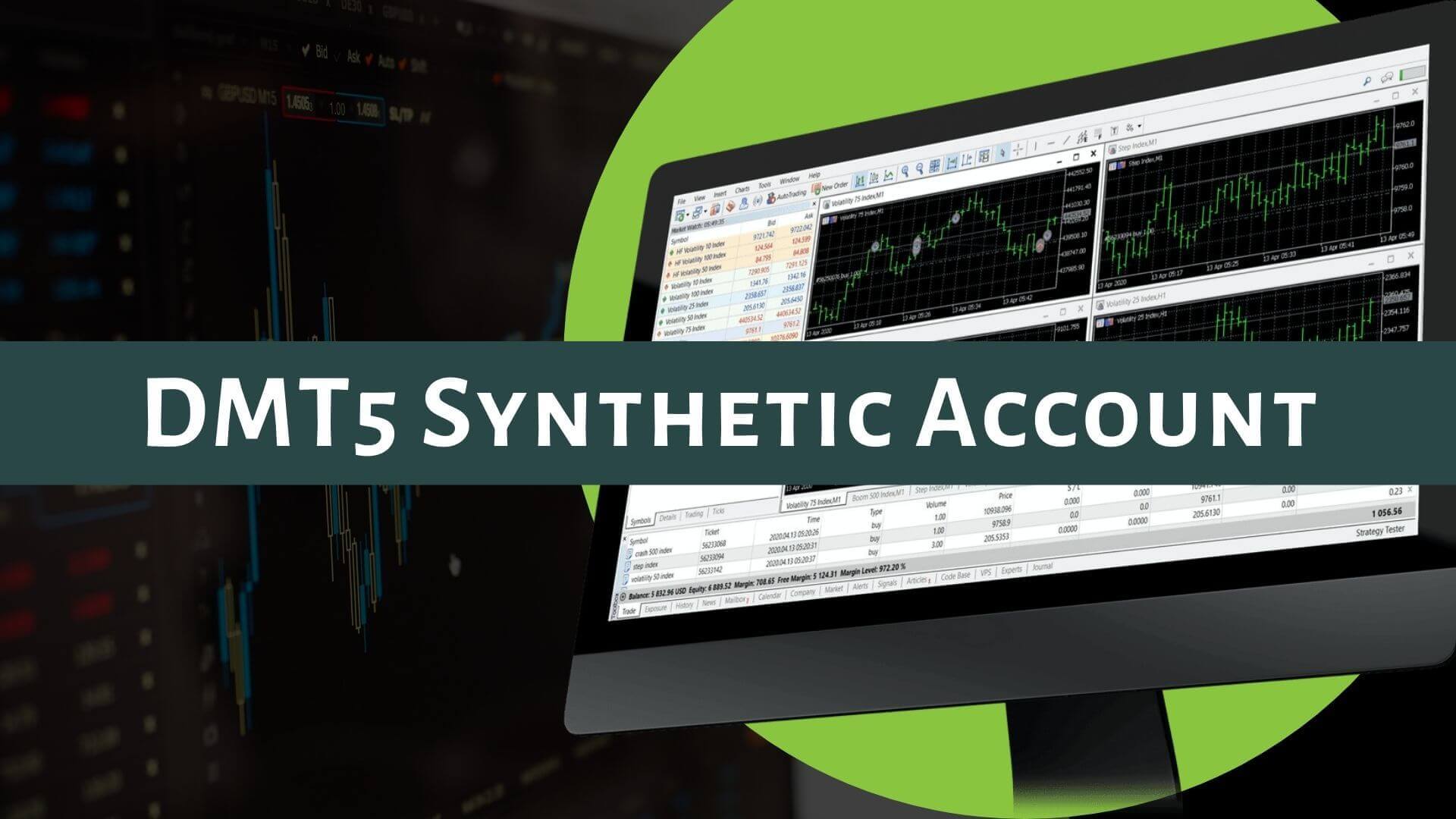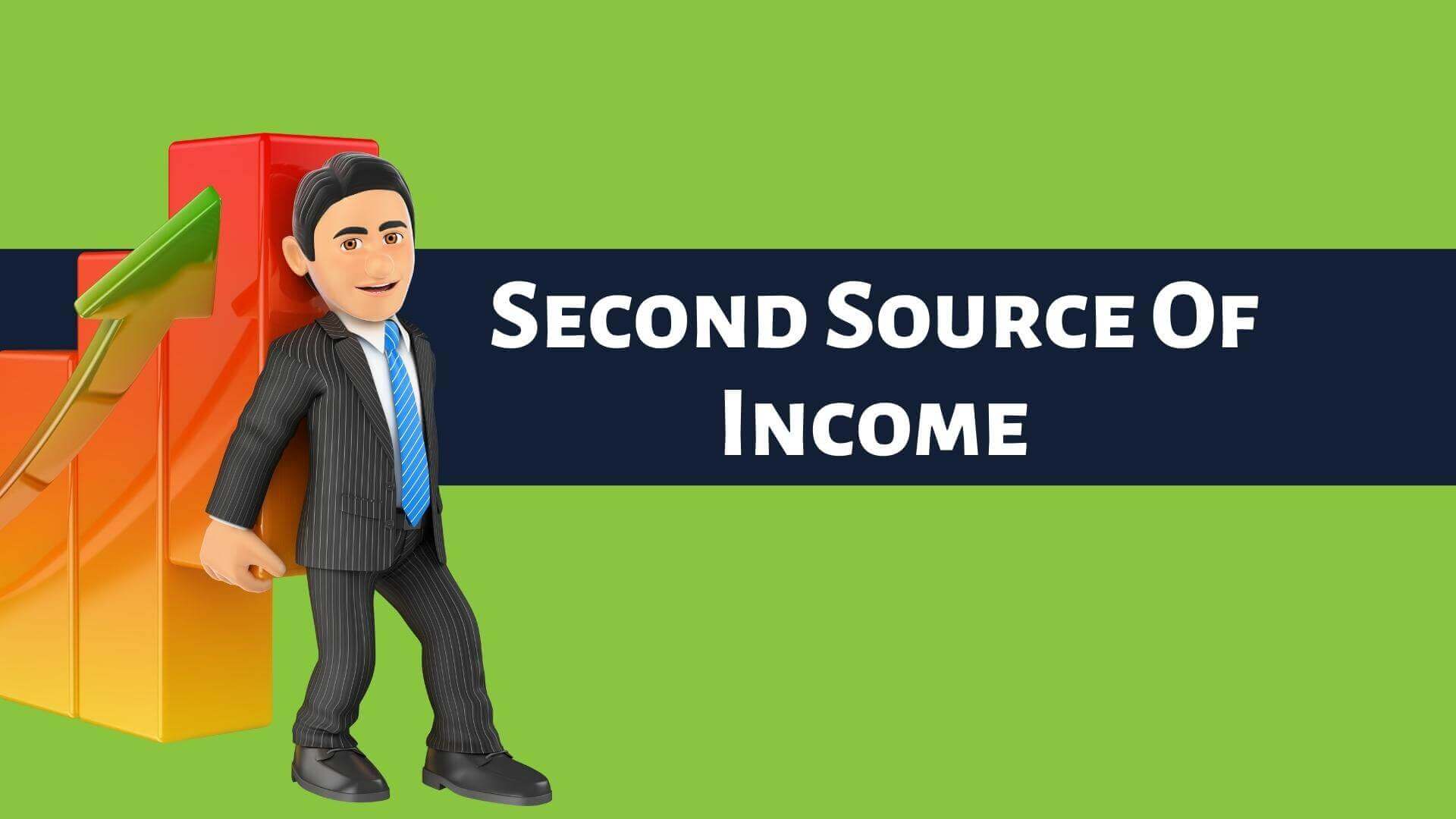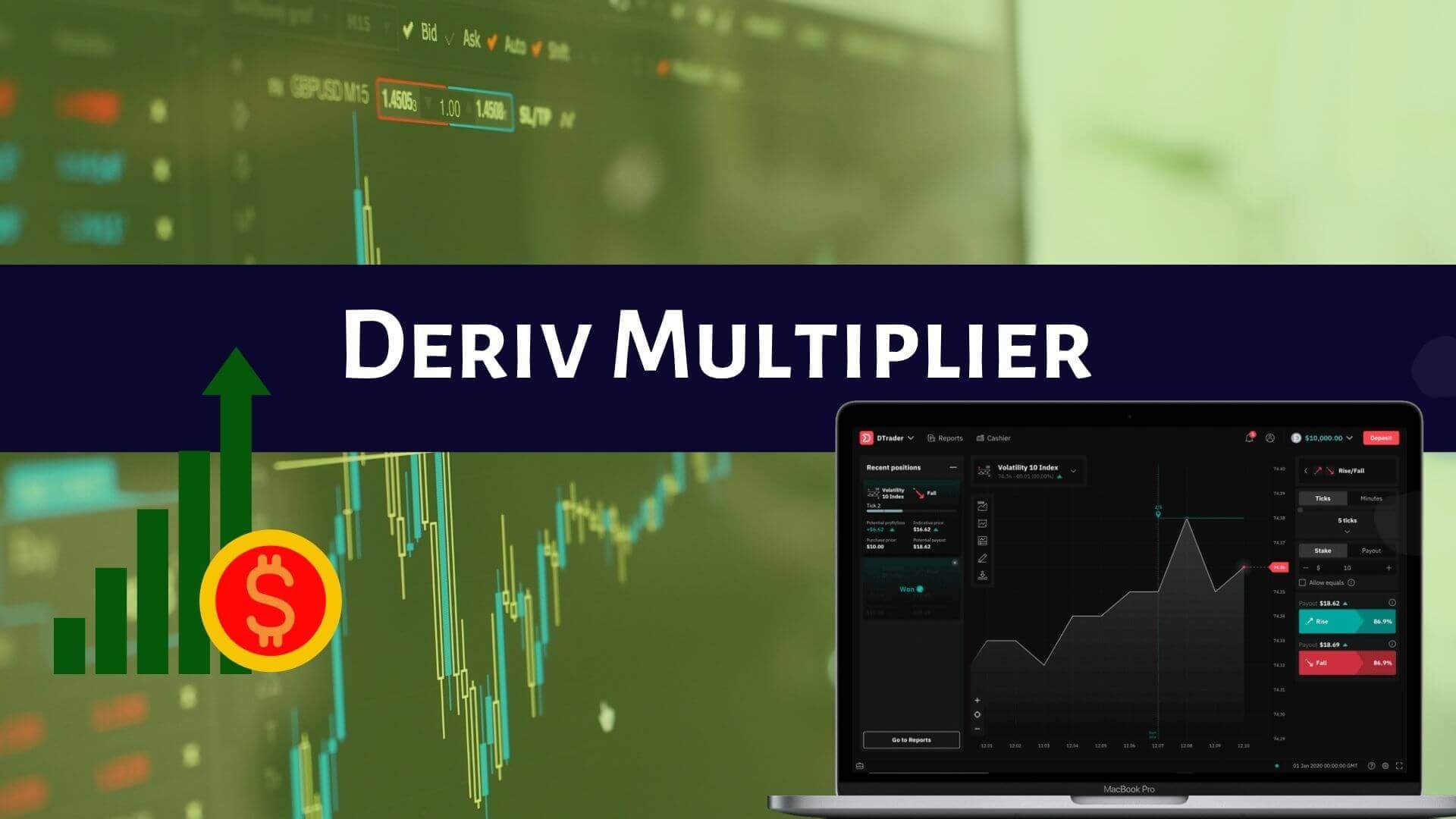Unlock The Secrets: How Much Money Do You Really Need To Start Trading?
You may be dreaming the allure of financial independence through trading! Lounging on a beach, sipping a cocktail, while your trading account magically multiplies your money.
But hold on, before you quit your day job, there’s a crucial question that needs answering: How much money do you really need to start trading?
Let’s start with a straight answer.
How Much Money Do I Need For Trading?
Well, you need ZERO money to start trading. Confused, right? But the truth is, that trading doesn’t require any money if you start with a demo account. Only real account holders invest money based on their strategy and experience level.
On the other hand, if you think on Broker’s perspective, they set a minimum amount for traders. That means, you need to start trading by depositing a minimum amount like $5 dollar to onwards.
How To Determine Trading Capital?
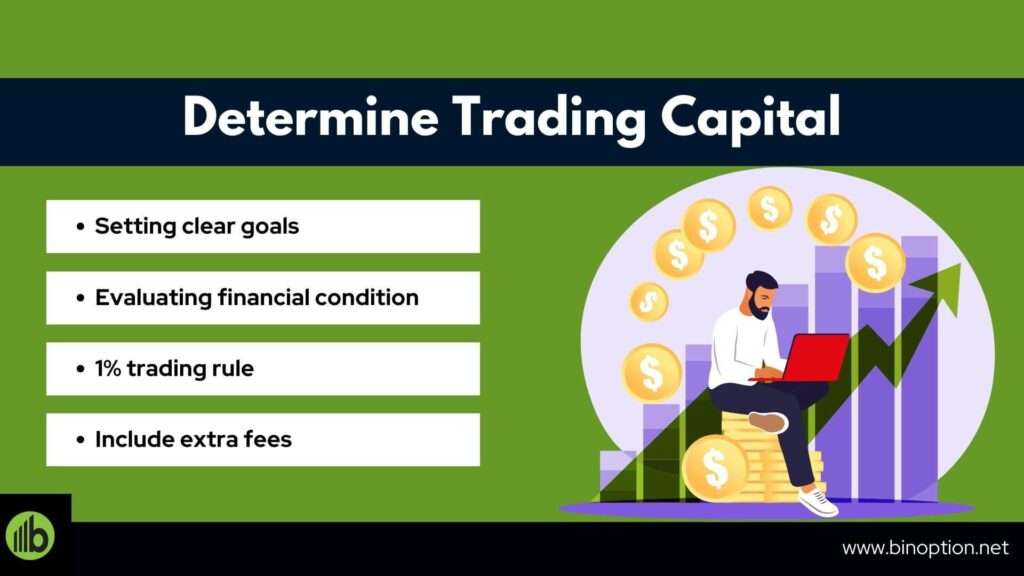
When it comes to trading, you’ll need some capital to get started.
But, before you leap, you need to know how much capital you require.
It could be the lowest or the highest one based on your experience. But, how much? What is the desired number?
So, this section guides you through the essential steps, from setting clear goals and assessing your risk tolerance to evaluating your current financial situation.
It’s all about getting a firm grasp of where you stand before making your trading dreams a reality.
1. Setting Clear Goals:
When embarking on a trading adventure, it’s essential to set clear goals. Ask yourself,
- What do I want to achieve through trading?
- Are you in it for short-term gains?
- Do you have a long-term financial objective in mind?
Moreover, understanding your risk tolerance is crucial. It’s like knowing how much spice you can handle in your favorite dish.
2. Evaluating Your Current Financial Situation
To determine your trading capital, you’ll need to assess your current financial situation. This involves scrutinizing your income, expenses, savings, and existing investments.
It’s all about knowing where you stand financially.
So, do not rush to catch the big fish. Start with a small investment and make it clear to you that you can’t afford the loss of more than your capital.
3. The 1% Rule
Are you familiar with the 1% rule – a guideline followed by many traders?
Learn what it is, its pros, and cons, and whether it’s the right fit for your trading style. Because, it is important for traders to know how to balance risk – reward ratio.
On the other hand, spreading the risk is a smart strategy. It is all about asset allocation and how diversifying your portfolio can help safeguard your trading capital.
4. Don't Forget About Fees
Trading isn’t just about how much you’re putting in; it’s also about what you’re taking out (hopefully with profits).
Keep in mind that there are trading fees, commissions, and spreads that can eat into your returns. It’s crucial to factor these costs into your trading plan.
What Is The Minimum Investment Requirement?
Every trading platform or options trading platform has its own minimum requirements. Some may allow you to start with as little as $5, while others might require a minimum of $1000 or more.
Make sure to check the specific requirements of your chosen broker. Also, you can check our best brokers or trading platform list that offers the lowest deposit amount.
Conclusion
So, the ultimate result is that a trader needs an amount that goes with their trading style, risk tolerance, and chosen assets. Whether you’re starting with a few hundred dollars or tens of thousands, the key is to be well-prepared, have a solid trading plan, and always prioritize risk management.
Remember, in the trading world, it’s not just about how much you can make; it’s also about how much you can protect.
